Text
I've been growing a lot of plants for work and my own little nursery business! I grow a lot of Kentucky native species and some houseplants and terrarium plants. These are photos of a lot of the native stuff I'm growing from mostly locally collected seeds and some from Roundstone, a vendor who generally sources from our region.
Species pictured here are Dalea purpurea, Oenothera macrocarpa (native-adjacent), a species of Chelone (either glabra or obliqua), Eutrochium fistulosum, Helianthus mollis, and a photo of some Paxistima canbyi (S1G2) from the Atlanta Botanical Garden in a greenhouse at work that we're caring for until they can get planted out at a site in central KY!
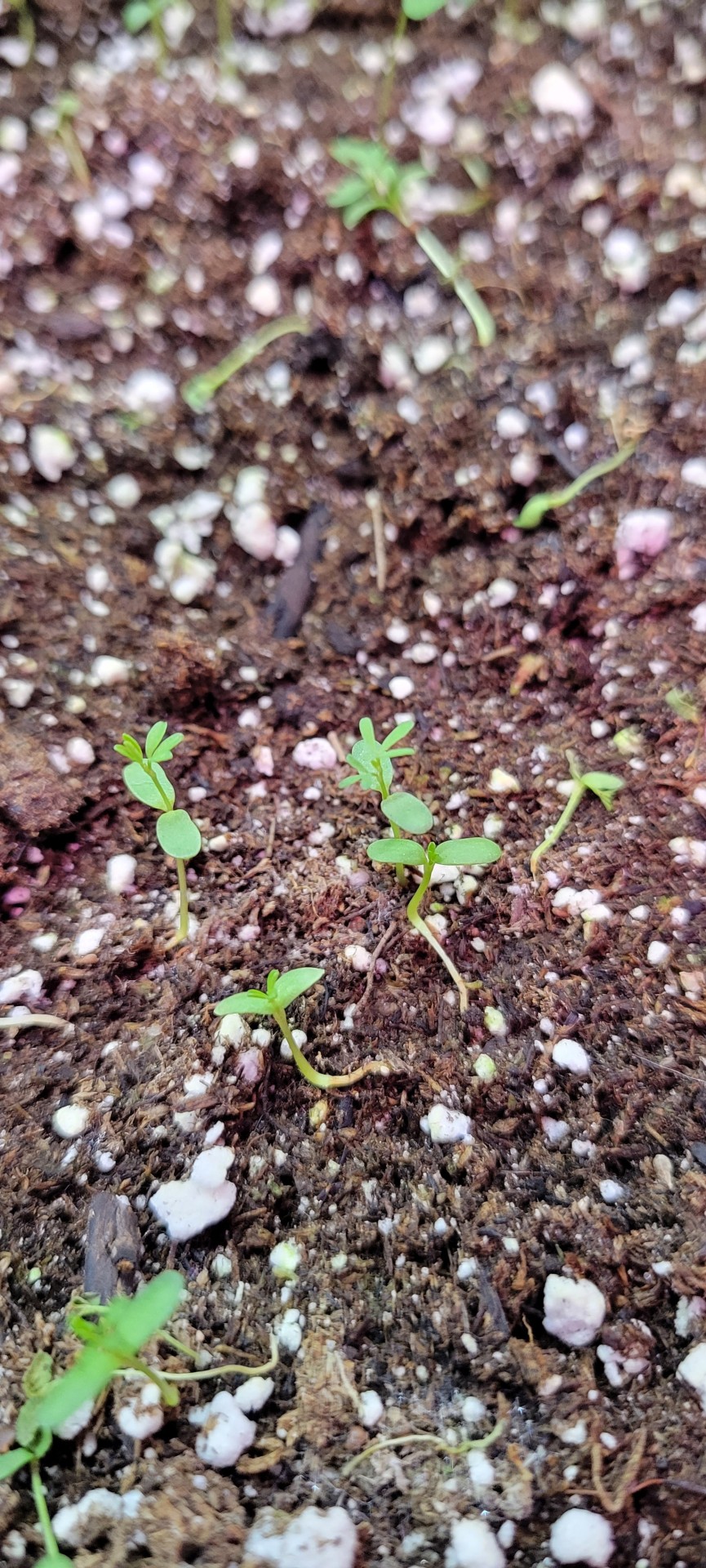


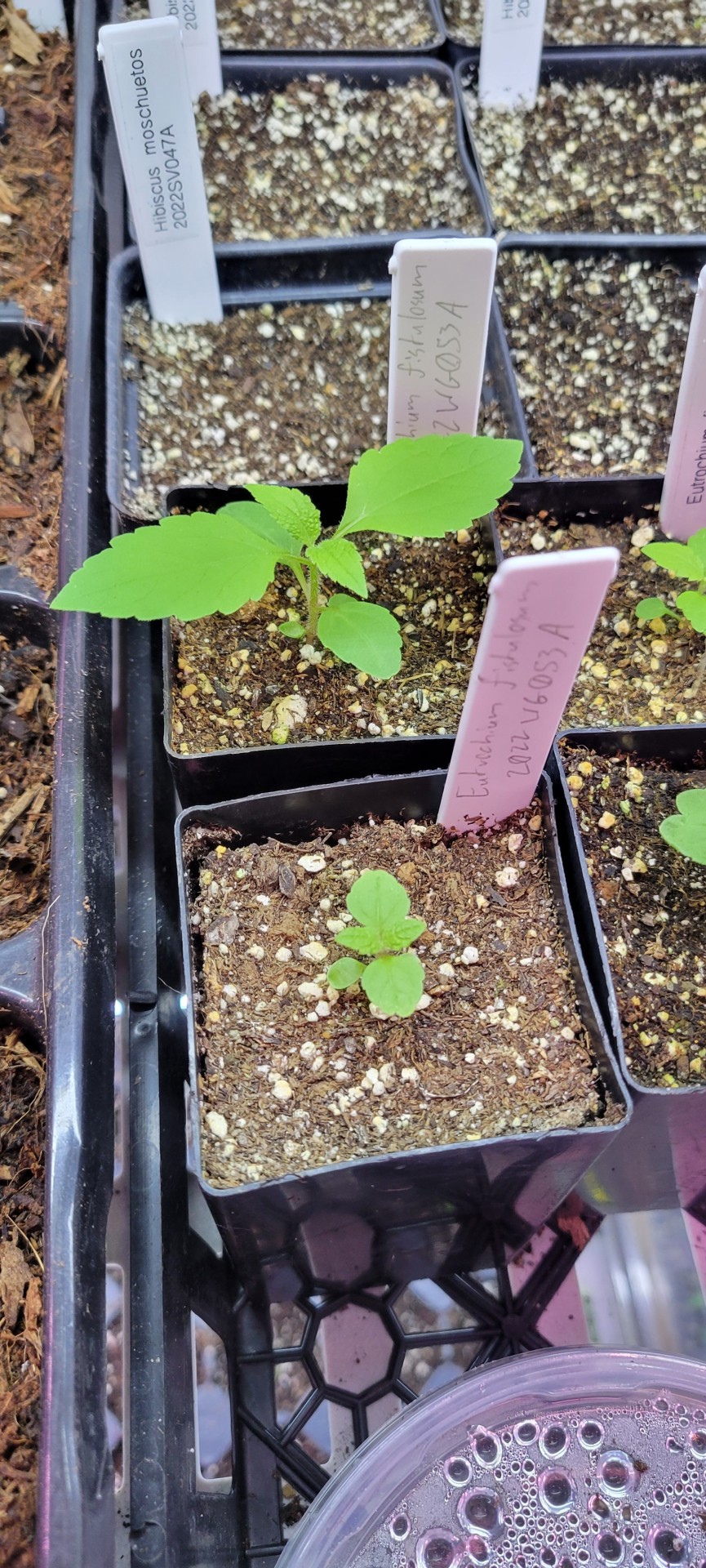
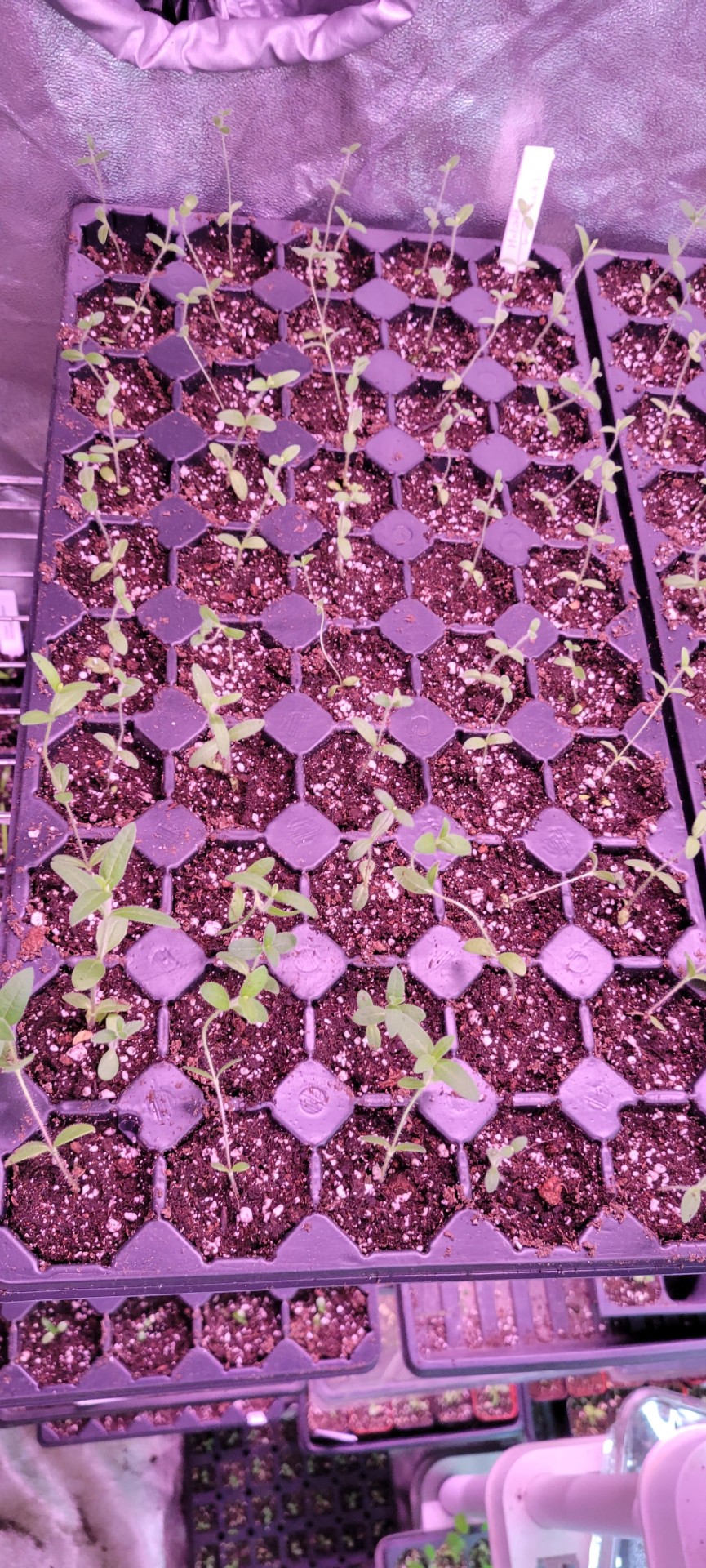
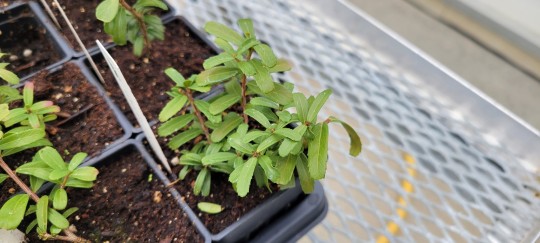
#botany#floral#foraging#kentucky#kentucky plants#plantblr#conservation#plant conservation#arboretum#plantcore#botanic garden#botanical
0 notes
Text
On a recent trip to visit a glade habitat in Bullitt county, KY, I got a chance to see some very interesting plants that can grow in this extreme environment! Glades are areas of shallow soils and exposed bedrock, so not many large woody plants can grow there easily.
As a result of the extreme selective pressures, you can often find narrowly endemic plants here that may have evolved to grow only in these intense environments. They experience extreme temperature fluctuations, limited soil depth and nutrients, and often scarce water availability.
The plants pictured here are:
1. Endodeca serpentaria
2. Ptelea trifoliata
3. Ruellia humilis
4. Croton monanthogynus

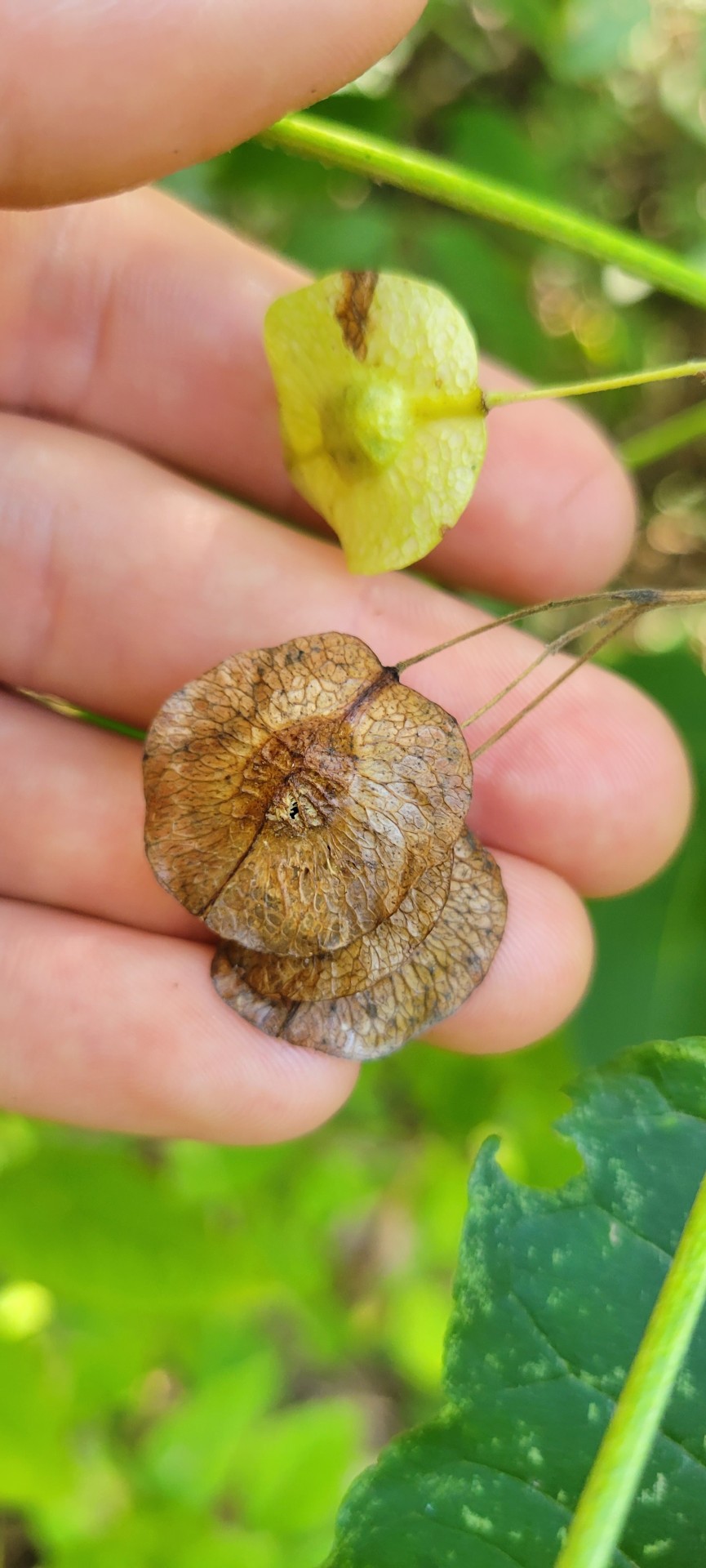


This area is one of the only places in the world where the critically endangered and federally listed Kentucky gladecress (Leavenworthia exigua laciniata) can be found. This species' entire range is only 2 counties in northwest Kentucky.
#kentucky plants#plantblr#botany#floral#plant photos#plants#foraging#outside#glade#glade habitat#science#scicomm#science communication#endangered plants#nature#agriculture#sustainability#bullitt county kentucky#Kentucky#hiking#nature photography#inaturalist
26 notes
·
View notes
Text
This lovely large composite is Silphium terebinthinaceum, an aster in the tribe Heliantheae and a close relative of sunflowers. 🌻 This midwestern species occurs in dry, rocky-sandy areas, prairies, and occasionally in open mountainous meadows. The leaves are enormous and very hairy!
A key ID characteristic of this genus is that the disc florets are sterile and only the rays produce viable seed. With most other Heliantheae members, the opposite is true!
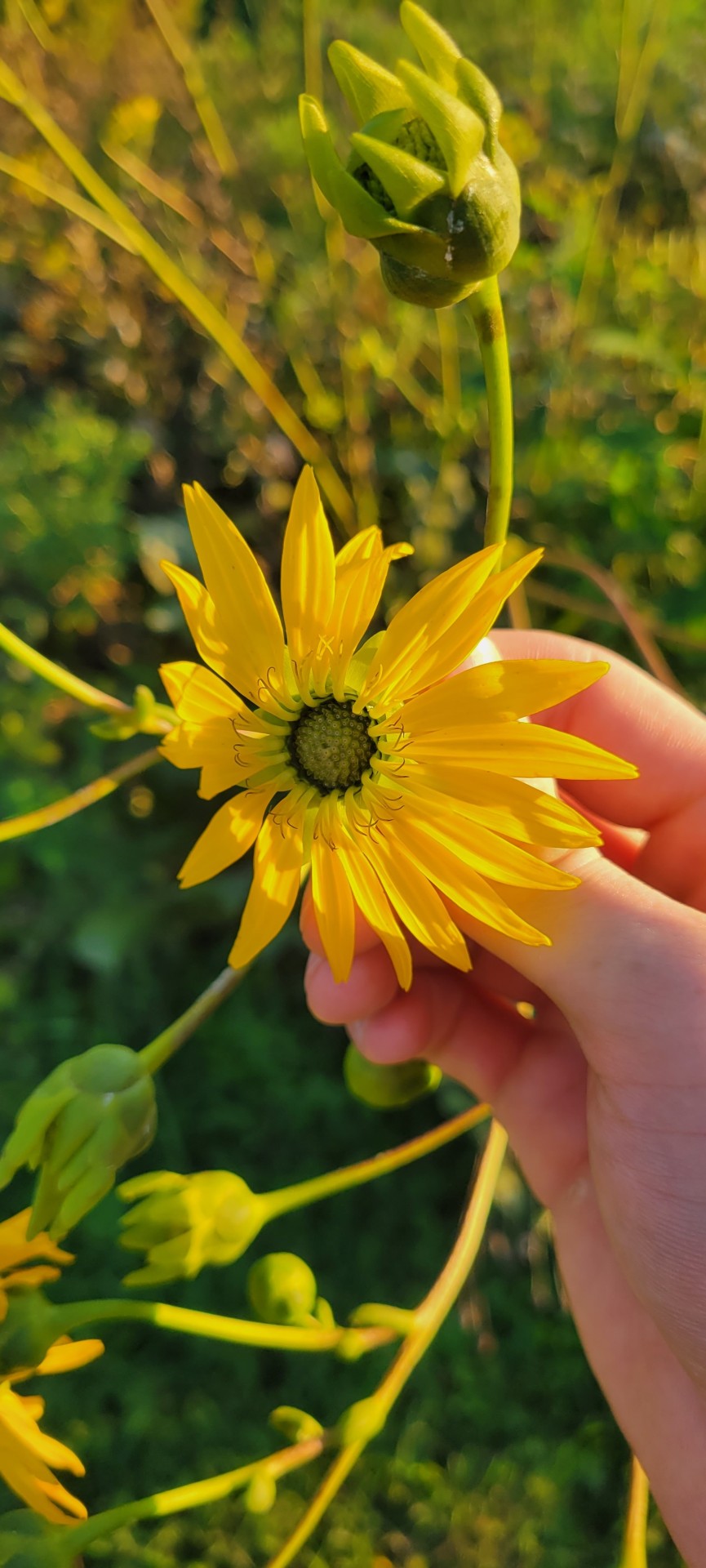
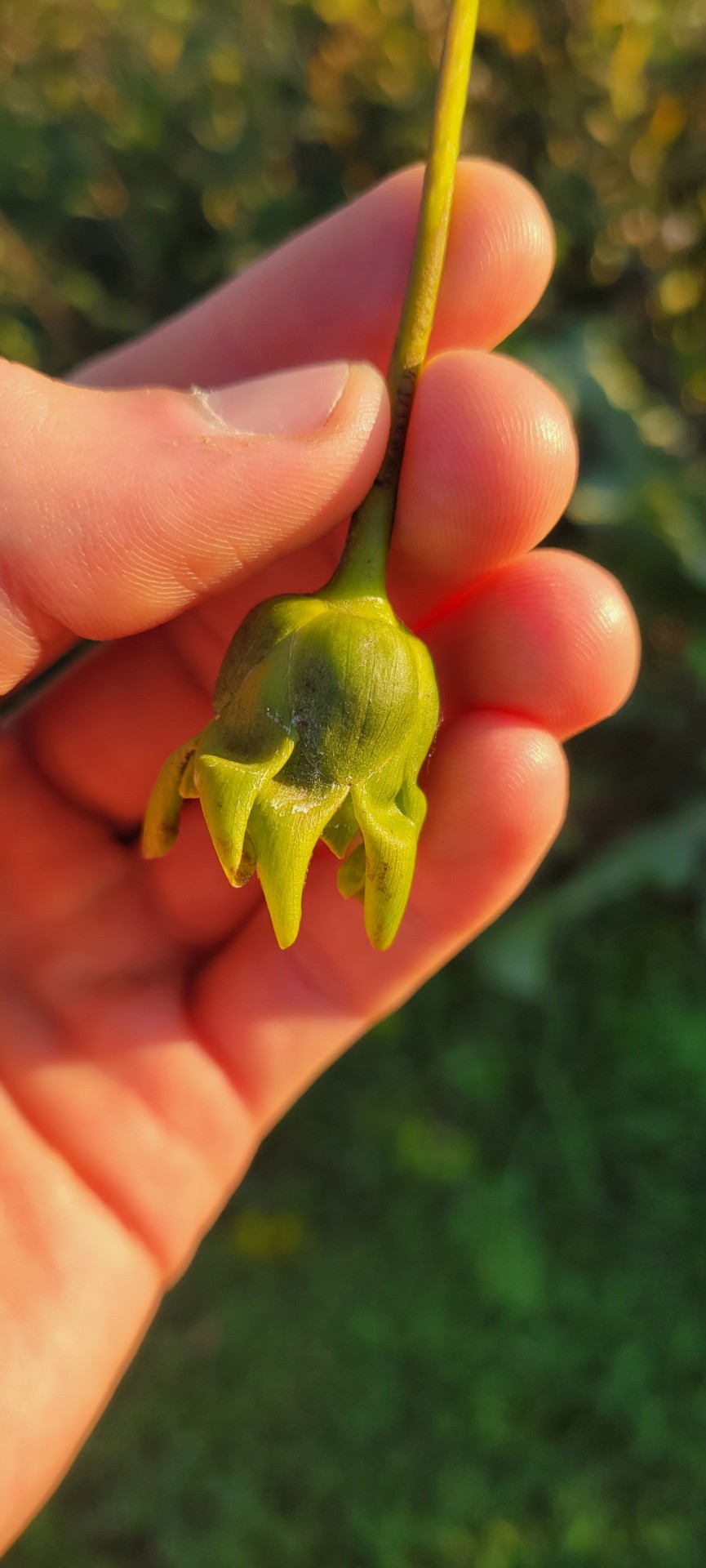


Silphium terebinthinaceum seen planted in a riparian area in in Lexington, Kentucky.
#plantblr#botany#asteraceae#aster#silphium#kentucky#kentucky plants#house plant#plants#foraging#floral#flores
2 notes
·
View notes